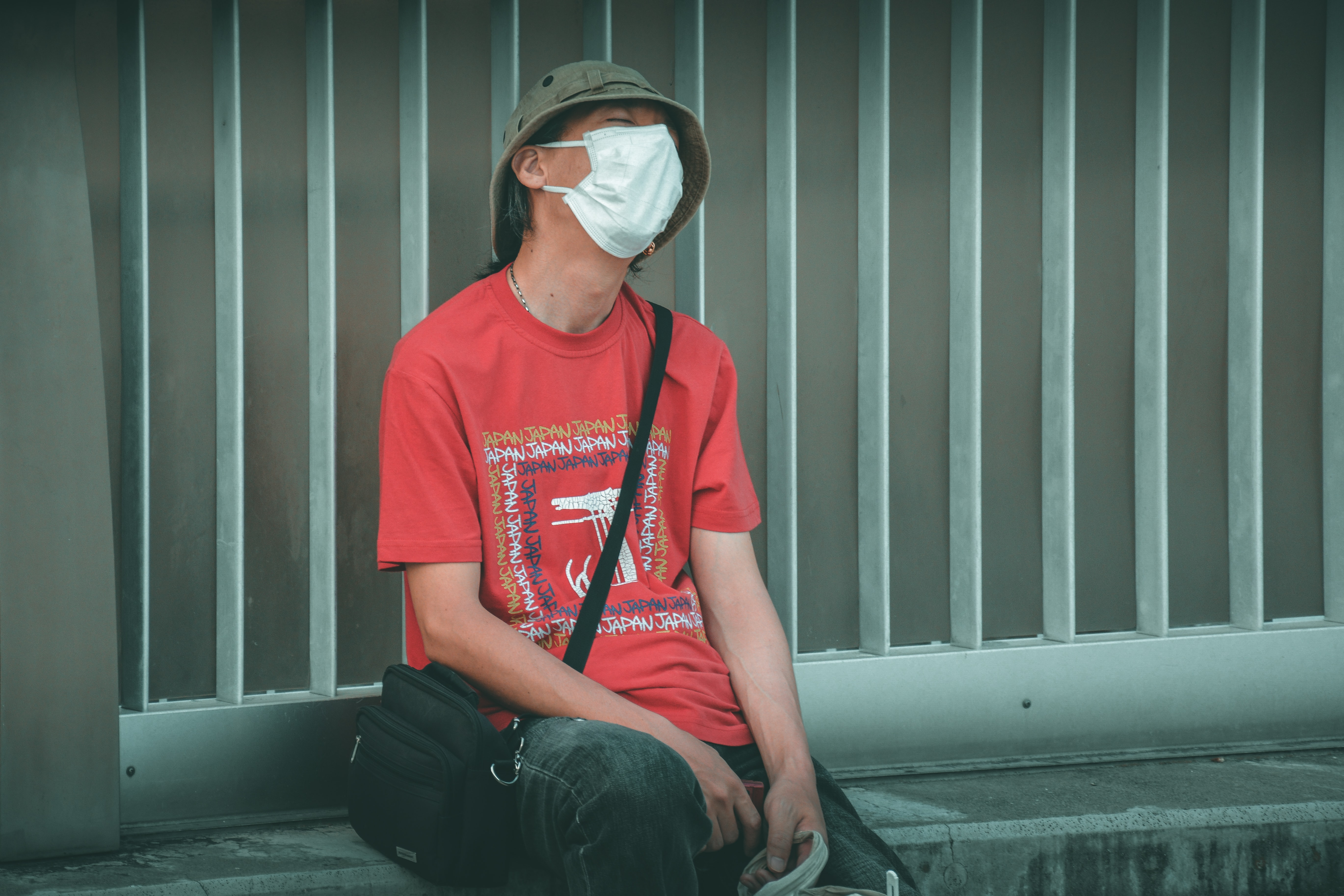The opioid epidemic’s policies may have to be revisited during the coronavirus pandemic.
One minute, federal and state governments were struggling to contain the opioid epidemic. Now, they’re battling a virus pandemic. And, unfortunately, measures taken to crackdown on opioids now means doctors do not have enough opioid options available to relieve the suffering of COVID-19 patients hooked up to ventilators.
“Low stocks of opioids in coronavirus hot spots, which have become dire enough for doctors to request that states divert death row supplies to hospitals instead, are compounded by the looming shortages of a range of other drugs, from antibiotics to inhalers, as hospitals struggle to cope with a massive wave of coronavirus patients,” wrote Sarah Owermohle. “The growing scarcity of these life-saving medications is just a hint of things to come as the U.S. outbreak progresses, said one senior official at the Department of Health and Human Services. Reports from countries like Italy that are farther along in their outbreaks suggest that blood clots and other complications in severely ill patients could spark overwhelming demand for whole classes of drugs.”

She continued, “While the pandemic is unprecedented, such shortages are not. Health experts say the U.S. government has been slow to strengthen the drug supply chain, despite recent painful reminders of its vulnerabilities. Production at several major pharmaceutical factories in Puerto Rico was disrupted for months in 2017 after Hurricane Maria tore across the island, leaving hospitals without a reliable supply of saline IV bags and other infused fluids. Less than a year later, manufacturing problems at several other U.S. plants caused nationwide shortages of opioids used in surgeries and end-of-life care.”
The report states further, “Bouts of scarcity are endemic to the U.S. drug supply chain, which affords little transparency about where drugs are made, and stocks fluctuate due to production costs and small profits. In October, an FDA drug shortage task force created after Hurricane Maria delivered a plan for addressing those risks. But few of its recommendations have been enacted. Two were only authorized weeks ago in the stimulus package signed in late March.”
Experts are worried that people with opioid use disorder (OUD) are vulnerable to not only contracting COVID-19 but also interruptions in life-saving treatment due to restrictions put into place at the onset of the epidemic. In order for the pandemic to be adequately addressed, the opioid epidemic policies need to be revisited. Barriers to treatment will need to be removed in order for medical personnel to continue life-saving measures and pain management treatment of hospitalized coronavirus victims.
In its newly published guidelines, the Substance Abuse & Mental Health Administration (SAMHSA) also addressed issues related to in-person treatment of OUD amid the coronavirus, which has made progress with the temporary removal of some restrictions to address COVID-19. “This situation,” the agency noted, “has intensified the need for telehealth services and/or telephone consultations, making it difficult for providers to abide by current patient privacy regulations.” Many essential providers have transitioned to online systems as regularly measures have been relaxed in order to establish continued care during social distancing. “SAMHSA affirms its commitment to supporting OTPs in any way possible during this time. As such, we are expanding our previous guidance to provide increased flexibility,” the agency stated.
Sources:
When Epidemics Collide: Coronavirus Disease 2019 (COVID-19) and the Opioid Crisis
COVID-19 Prompts ‘Lifesaving’ Policy Change for Opioid Addiction


Join the conversation!